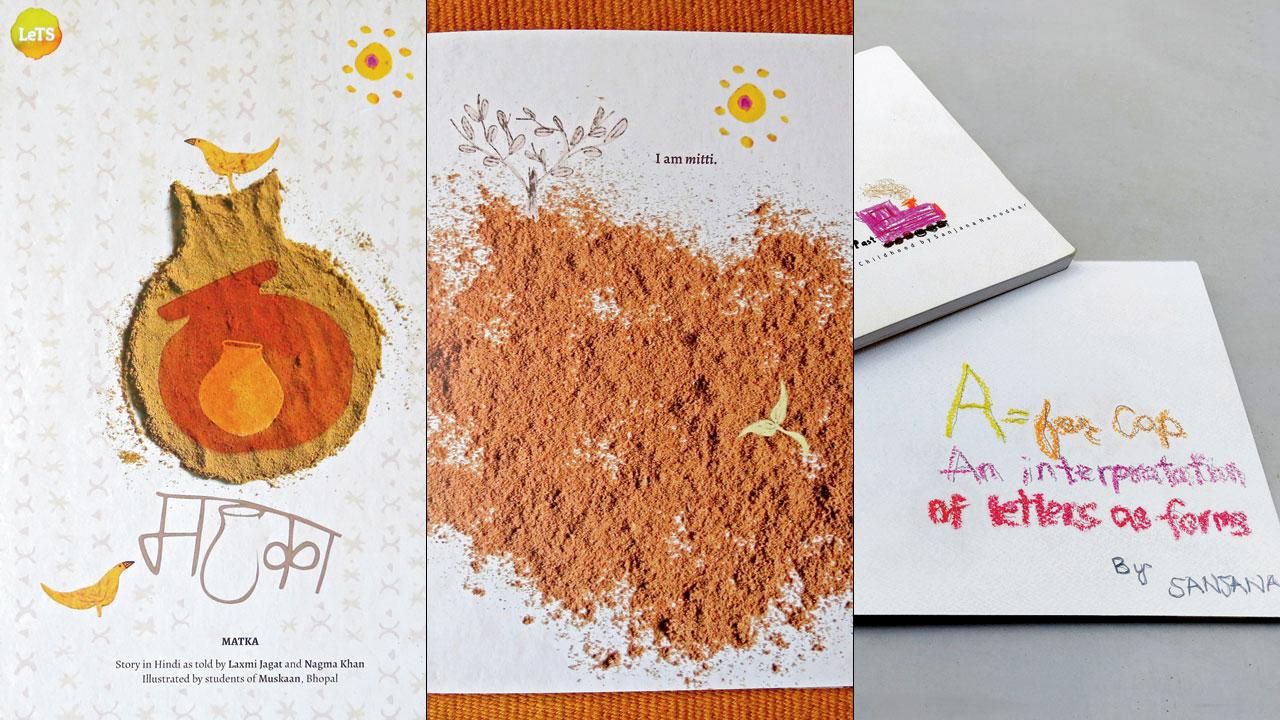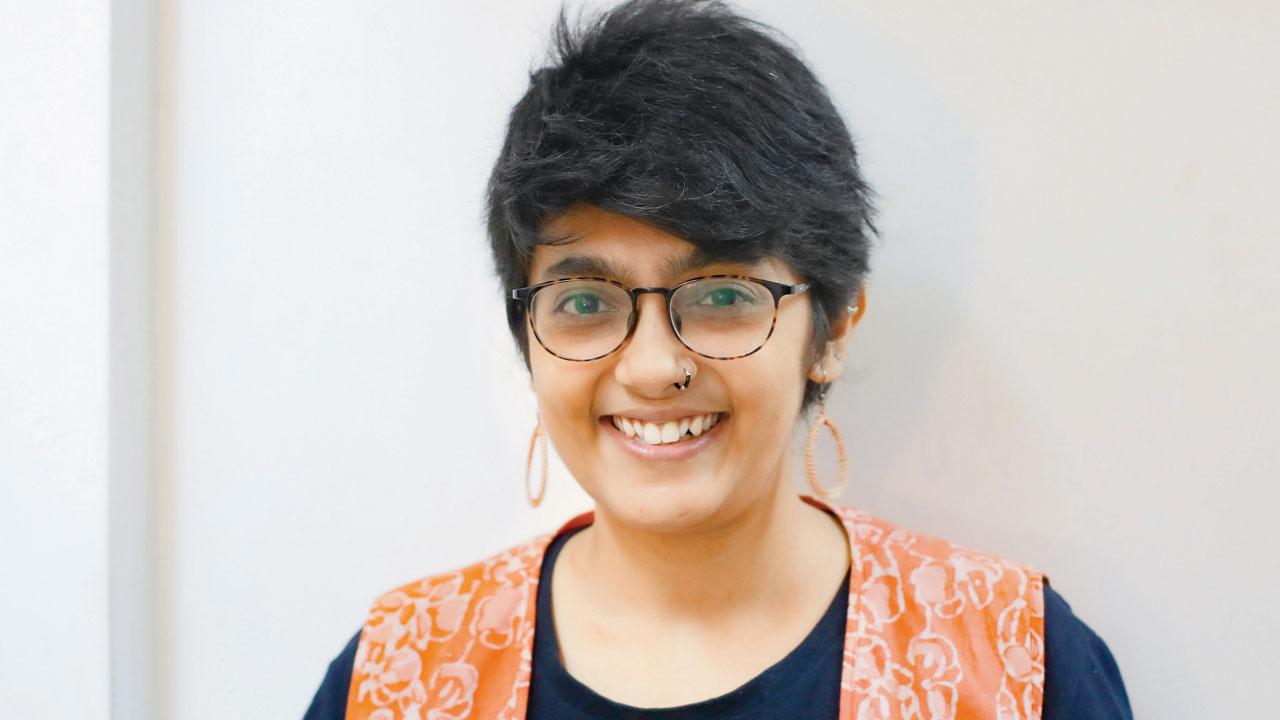With typography emerging as a common talking point across literary meets, industry professionals reflect on its effects on the reading experience

Book covers designed by Saurabh Garge for Westland Books and HarperCollins. Pics Courtesy/Saurabh Garge
This writer wasn’t a big fan of non-fiction until she read scientist and usability engineer Don Norman’s The Design of Everyday Things. It opened up a whole new world for her — and the perversity of bad design and its reluctance in communicating with a user haven’t evaded her notice since. Although the book draws our attention to humdrum objects of the physical world, the detailing on such articles, including their choice of type, had piqued us unawares. So, on noticing that the line-up of events at various ongoing and upcoming literary festivals in the country is laying stress on type in book design, we were nudged to delve deeper. We realise that our most memorable book covers have always had something more than the illustrations — the style and appearance of the printed word. Apart from their stories, titles such as Aam Aantir Bhenpu, Hukkahua or Badshahi Angti stay fresh in our minds for Satyajit Ray’s arresting word-picture play.
A crisp summary
Adding to the significance of type in design, typographers from the publishing world tell us about the key elements of the craft. Saurabh Garge, design head, Westland Books, says that typography on any cover is an important driver to reflect the theme and genre of the book. “It is as important as the visuals on the cover. In a way, it’s a summary of the reflection of the text inside. Certain sales-based conventions define which font is the right choice for a particular genre. For instance, classic serif typefaces like Garamond, Bodoni and Goudy are usually chosen for non-fiction. They have a certain legacy and seriousness associated with the way the letters are constructed, which blends in well with the photograph of a person or an event,” he explains. Garge notes that romance, self-help and fiction use modern and minimal serif typefaces that bear a curly, handwritten style. “While the typeface should mirror the genre of the book, it should also hoist the image on the cover.”

The cover for Matka — the latest title under Learn Through Stories (LeTS) Foundation — made in collaboration with illustrator Ruchi Shah and children from Bhopal-based NGO Muskaan; an inside page from Matka; Nanodkar’s self-initiated children’s book project covers two aspects — courting a method of teaching letters as forms, and documenting personal relatable memories. Pics Courtesy/Sanjana Nanodkar
Drawing from his personal experience, Garge elucidates, “The cover for Milk Teeth, which I designed, features a rushed handwritten type. It’s a work of fiction, and the words are placed amidst the claustrophobic arrangement of Art Deco structures of Mumbai, where the story is set. The typeface depicts the city and the moody yet tense nature of the story. However, Tell Her Every Thing has minimal imagery. It talks about the relationship of a father-daughter duo. I needed the letters to breathe and exude poise. The spaced out arrangement underlines their need to be perceived slowly.”
Subtle but striking
Sanjana Nanodkar, who works as design lead with Learn Through Stories (LeTS) Foundation, feels that when type is used in book design, the visuals take precedence over the stylistic appearance of words. “Apart from design in kidlit, type needs to be subtle. The subtlety should lend to typography’s transparency — this means that its role, although crucial, should seem intangible to the reader and yet do the job. However, in the case of kids’ books — since we are catering to early readers — words and pictures can have a balanced effect as they are also beginning to understand letter forms alongside pictures,” she shares.

Sanjana Nanodkar
Any form of publication mostly uses serif fonts for text-heavy designs. Nanodkar reasons that traditional novels use serif type for the eye to rest in between letters and words while absorbing the heavy subject. “It allows your vision to move seamlessly.” With type, she attaches more significance to title design as compared to the inside text as that is what catches the reader’s eye first. Nanodkar feels that although we say that a book shouldn’t be judged by its cover, the face of any volume leads us in.
Read with ease
Typesetter Jojy Philip has been working with leading publishing houses for the past 30 years. He feels that the overarching theme of a book isn’t severely affected by the kind of font used as long as they facilitate readability. He notes, “Once you begin reading a book, the ease of the exercise is what matters the most. Even if a font is attractive, it should be trashed if it comes in the way of comfortable reading.”
 Subscribe today by clicking the link and stay updated with the latest news!" Click here!
Subscribe today by clicking the link and stay updated with the latest news!" Click here!










